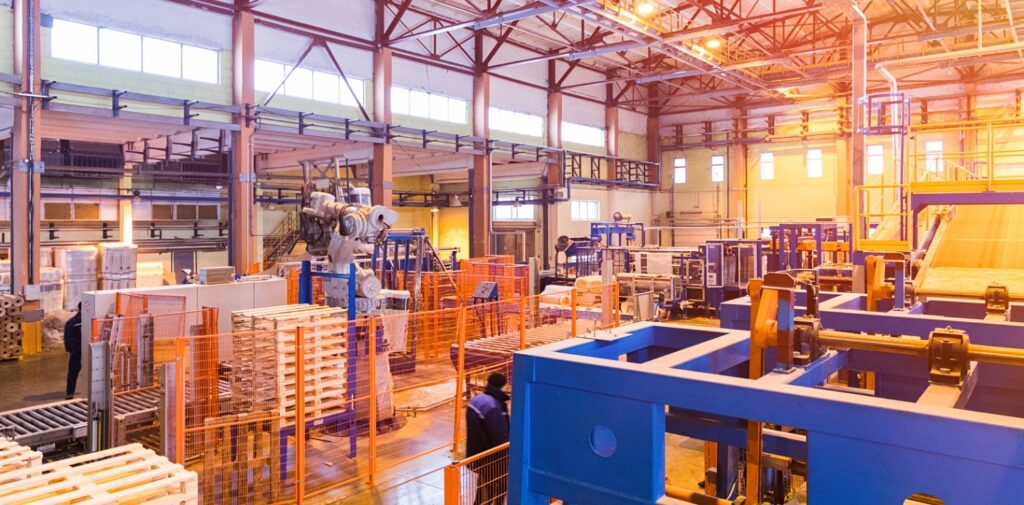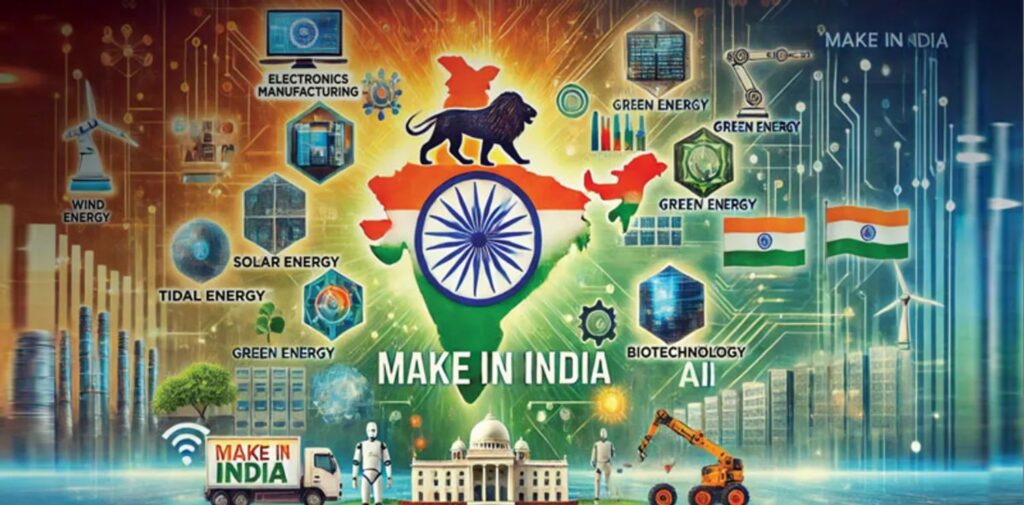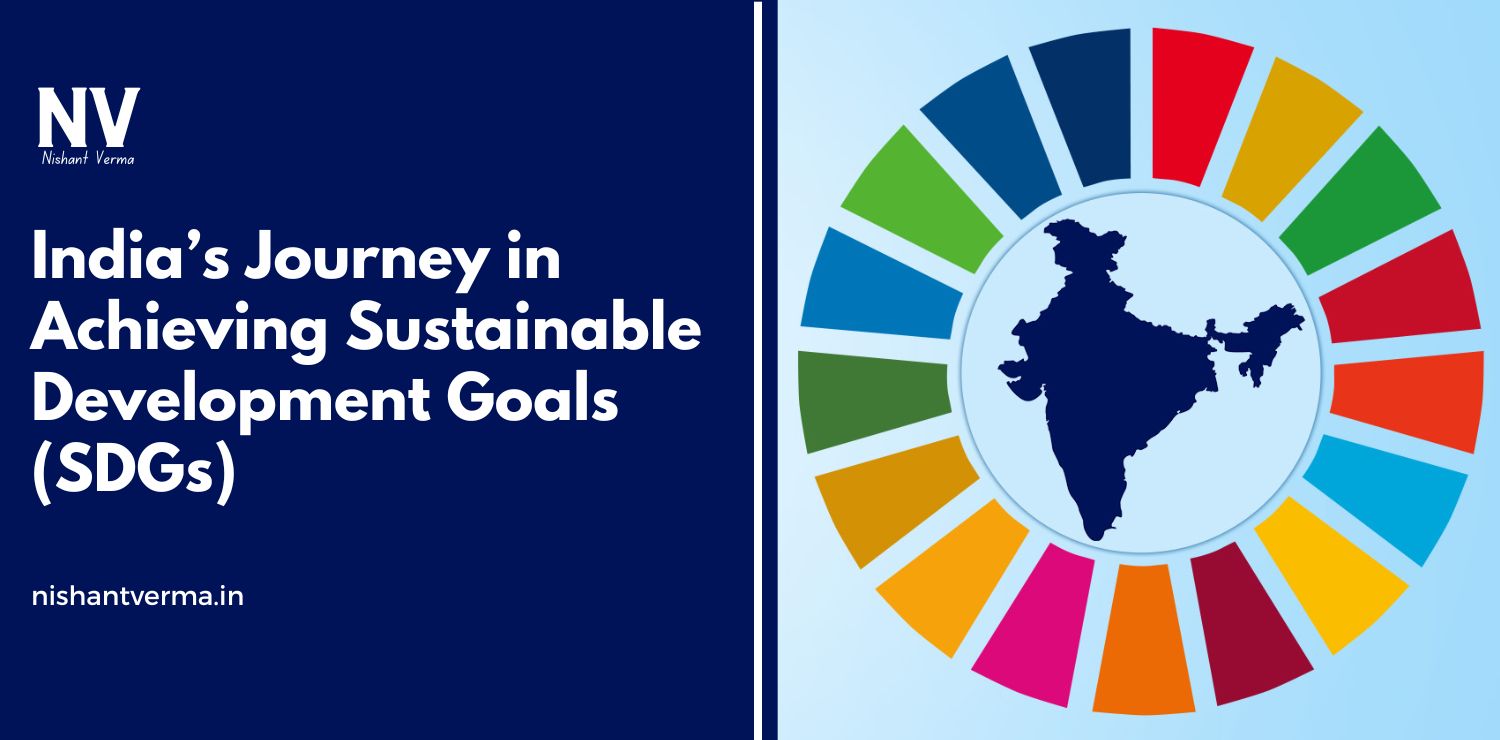‘Make in India’ is one of the most ambitious and significant initiatives launched by the Indian government with the aim of transforming the country into a global manufacturing hub. It was introduced in 2014 by Prime Minister Narendra Modi with the goal of attracting both domestic and foreign investments, improving the ease of doing business, and increasing the share of manufacturing in India’s GDP.
Over the years, the initiative has brought several changes to the Indian manufacturing sector, making it more competitive and helping it grow in many ways. This article will take a closer look at how the ‘Make in India’ campaign has impacted India’s manufacturing industry, specifically in cities like Hisar, and the broader effects it has had on employment, technology, and infrastructure.
What is ‘Make in India’ and Why is it Important?
‘Make in India’ is a government initiative aimed at encouraging companies, both local and international, to manufacture their products in India. The main goal is to boost the manufacturing sector, increase employment opportunities, and make India a global leader in industrial production. Under this initiative, the government has introduced various policies to simplify regulations, provide tax incentives, improve infrastructure, and encourage skill development.
The importance of ‘Make in India’ lies in its potential to transform India into a competitive player in the global market. By making products in India, the country can reduce its dependence on imports, boost exports, and create jobs in sectors like electronics, automobiles, textiles, and chemicals. It also helps in the development of a robust industrial ecosystem that includes raw materials, labor, and technology.

Boost to India’s Manufacturing Sector
Since the launch of ‘Make in India,’ the manufacturing sector in India has experienced notable growth. The initiative has focused on improving both the quality and quantity of products manufactured in India. Several major global companies have either set up new manufacturing plants or expanded their existing facilities in India. This has helped in increasing the production capacity of various industries, including electronics, automotive, consumer goods, and pharmaceuticals.
For instance, many international companies like Samsung, Apple, and General Electric have started or expanded their manufacturing operations in India. This not only helps in creating job opportunities but also encourages the transfer of advanced technologies to India. Local manufacturers have also benefitted by adopting new processes and technologies that help improve production efficiency.
Creating Job Opportunities and Skill Development
One of the biggest advantages of ‘Make in India’ is the creation of millions of job opportunities in various manufacturing industries. As companies set up or expand their factories in India, they require a large workforce. This includes jobs in production lines, management, research and development, and supply chain management.
In cities like Hisar, which is known for its industrial growth, the ‘Make in India’ initiative has brought many positive changes. Local factories have expanded, and new businesses have emerged, providing more employment opportunities to the residents. Hisar’s strategic location in Haryana, combined with its growing infrastructure, makes it an ideal location for manufacturing companies to set up shop.
Additionally, the government has emphasized skill development programs under the ‘Make in India’ initiative. These programs aim to train individuals in the technical skills needed for various manufacturing jobs. By enhancing the skill set of the workforce, India’s manufacturing sector is able to meet global standards and compete with other countries.

Encouraging Foreign Direct Investment (FDI)
The ‘Make in India’ campaign has been highly successful in attracting foreign direct investment (FDI) into India. The government has introduced several reforms to make it easier for foreign companies to invest in India manufacturing sector. These reforms include relaxed FDI policies, simplified procedures for starting businesses, and better protection for foreign investors.
As a result, foreign companies are increasingly looking to India as a manufacturing base. In Hisar, several international businesses have partnered with local firms to set up factories. This has not only increased the production of goods but also opened the door for Indian manufacturers to collaborate with global players and learn from their expertise.
The rise in FDI has also led to an increase in India’s export potential. With advanced technology and higher-quality products being manufactured in India, the country’s export sector has seen growth. This helps reduce the trade deficit and strengthens the overall economy.
Development of Infrastructure and Connectivity
A major component of the ‘Make in India’ initiative is the development of world-class infrastructure. The government has focused on improving transportation networks, building industrial parks, and upgrading ports and airports to make it easier for goods to be transported across the country and to international markets. This has greatly benefited the manufacturing sector, as better infrastructure reduces costs and increases efficiency.
In Hisar, the development of infrastructure has been particularly noticeable. The city has seen improvements in road connectivity, transportation services, and the creation of industrial zones. These upgrades make it easier for manufacturers to access raw materials, distribute their products, and attract new investments.
Additionally, the government’s focus on improving digital infrastructure has helped in the automation and modernization of manufacturing plants. Many factories in Hisar and other parts of India are now adopting Industry 4.0 technologies, such as artificial intelligence, robotics, and the Internet of Things (IoT), which have made production processes more efficient and cost-effective.

Challenges and Future Prospects of ‘Make in India’
While the ‘Make in India’ initiative has brought significant improvements, there are still challenges that need to be addressed. One of the major challenges is the availability of skilled labor. Although the government has invested in skill development programs, there is still a gap between the skills required by modern industries and the skill levels of the workforce.
Another challenge is the availability of raw materials. While India has many resources, the supply of certain materials still depends on imports, which can increase costs and reduce competitiveness. To tackle this, the government is focusing on increasing domestic production of critical raw materials and improving supply chain efficiency.
Despite these challenges, the future of India’s manufacturing sector looks promising. The ‘Make in India’ campaign has already laid the groundwork for a strong manufacturing ecosystem, and with continued investment in infrastructure, technology, and skill development, India is set to become a global leader in manufacturing in the years to come.
Conclusion: The Growing Impact on Hisar’s Manufacturing Industry
The ‘Make in India’ initiative has had a transformative impact on India’s manufacturing sector, and cities like Hisar are playing a crucial role in this growth. The increased investment, job creation, skill development, and infrastructure improvements in Hisar are all direct results of this initiative. As more companies, both domestic and international, invest in Hisar’s manufacturing industry, the city’s economic prospects are bright.
For businesses in Hisar and across India, ‘Make in India’ presents an opportunity to tap into the growing global demand for high-quality products. Whether it is through attracting foreign investment, modernizing production techniques, or creating jobs for local communities, the manufacturing sector in India is poised for continued growth.
The future of India’s manufacturing sector, supported by the ‘Make in India’ initiative, holds great promise, and Hisar’s contribution to this movement is an important part of the larger picture. With the right policies, infrastructure, and workforce, India is on its way to becoming a global manufacturing hub.




